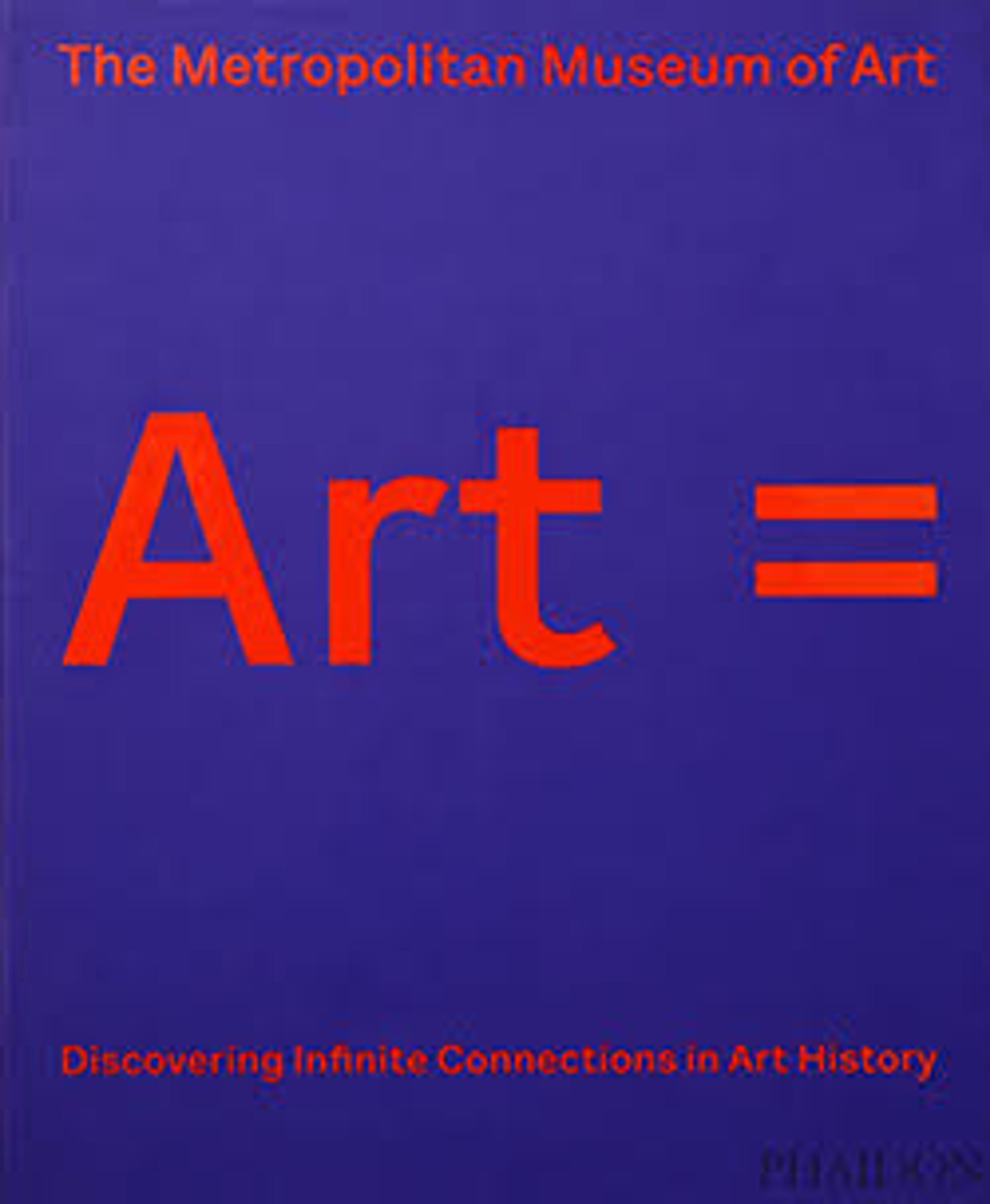Base for a Water Pipe (Huqqa) with Irises
This huqqa base, with irises and other flowers, would have originally been fitted with a long stem supporting a brazier and a pipe through which the smoker would have inhaled.
Many of the known examples of Indian huqqa bases from the seventeenth and eighteenth centuries were made in the Deccan region and decorated with the type of metal inlay known as bidri, in which the base metal (a zinc alloy) of the object is darkened through a chemical process to highlight the sheen of the inlaid metal of the floral ornament.
Many of the known examples of Indian huqqa bases from the seventeenth and eighteenth centuries were made in the Deccan region and decorated with the type of metal inlay known as bidri, in which the base metal (a zinc alloy) of the object is darkened through a chemical process to highlight the sheen of the inlaid metal of the floral ornament.
Artwork Details
- Title: Base for a Water Pipe (Huqqa) with Irises
- Date: late 17th century
- Geography: Made in India, Deccan, Bidar
- Medium: Zinc alloy; cast, engraved, inlaid with brass (bidri ware)
- Dimensions: H. 6 7/8 in. (17.5 cm)
Diam. 6 1/2 in. (16.5 cm) - Classification: Metal
- Credit Line: Louis E. and Theresa S. Seley Purchase Fund for Islamic Art and Rogers Fund, 1984
- Object Number: 1984.221
- Curatorial Department: Islamic Art
Audio
6620. Base for a Water Pipe (huqqa) with Irises
0:00
0:00
We're sorry, the transcript for this audio track is not available at this time. Please email info@metmuseum.org to request a transcript for this track.
More Artwork
Research Resources
The Met provides unparalleled resources for research and welcomes an international community of students and scholars. The Met's Open Access API is where creators and researchers can connect to the The Met collection. Open Access data and public domain images are available for unrestricted commercial and noncommercial use without permission or fee.
To request images under copyright and other restrictions, please use this Image Request form.
Feedback
We continue to research and examine historical and cultural context for objects in The Met collection. If you have comments or questions about this object record, please contact us using the form below. The Museum looks forward to receiving your comments.
